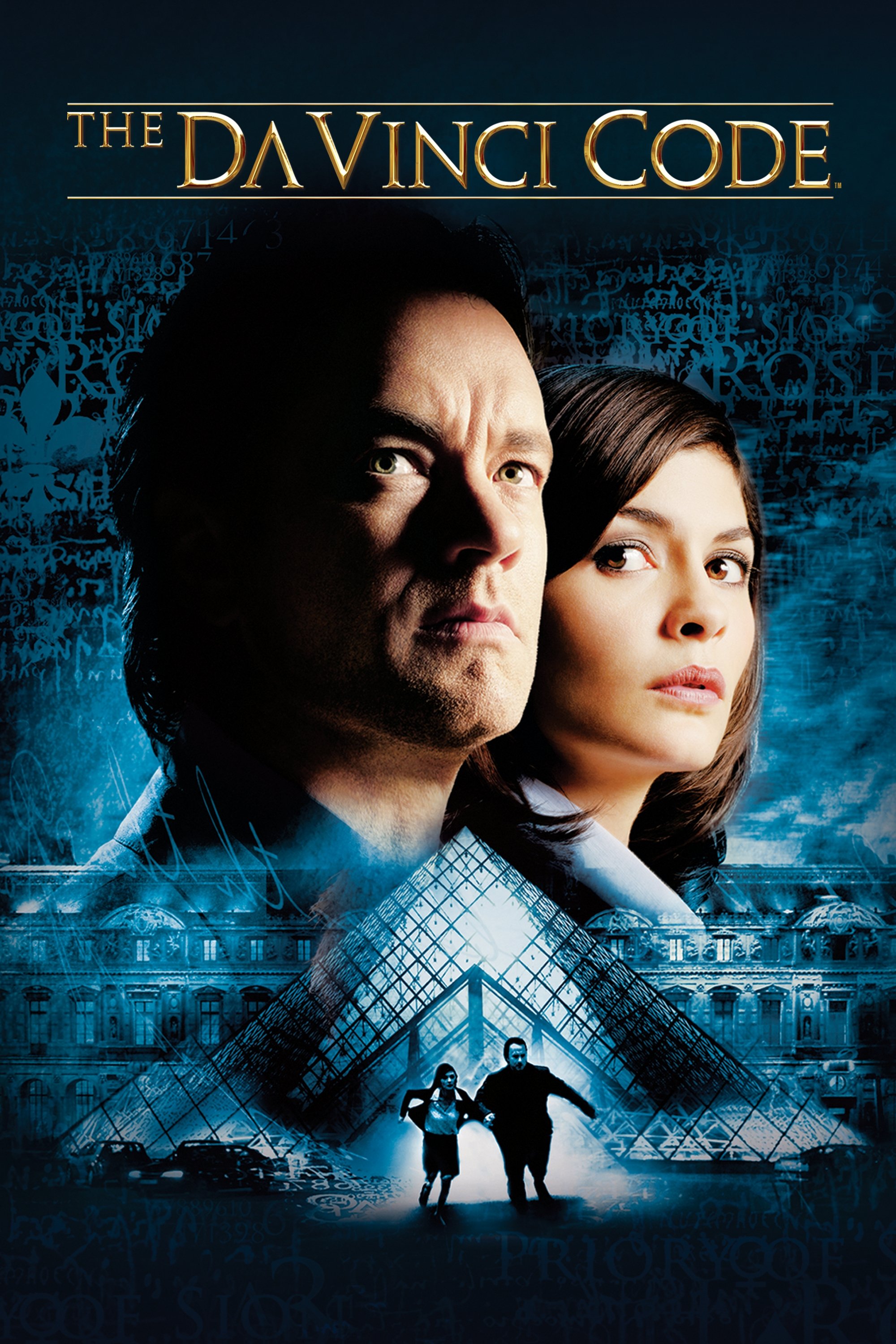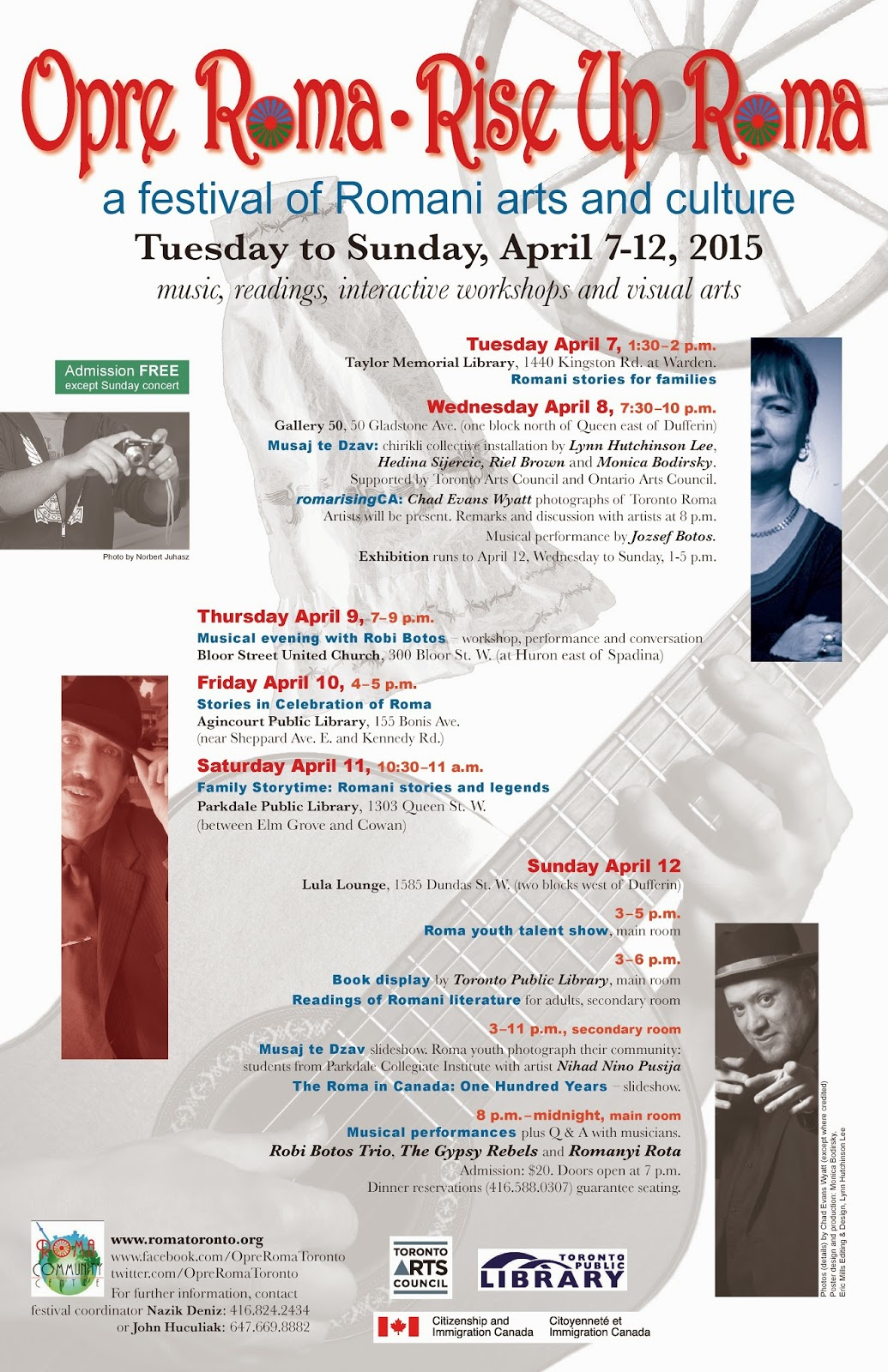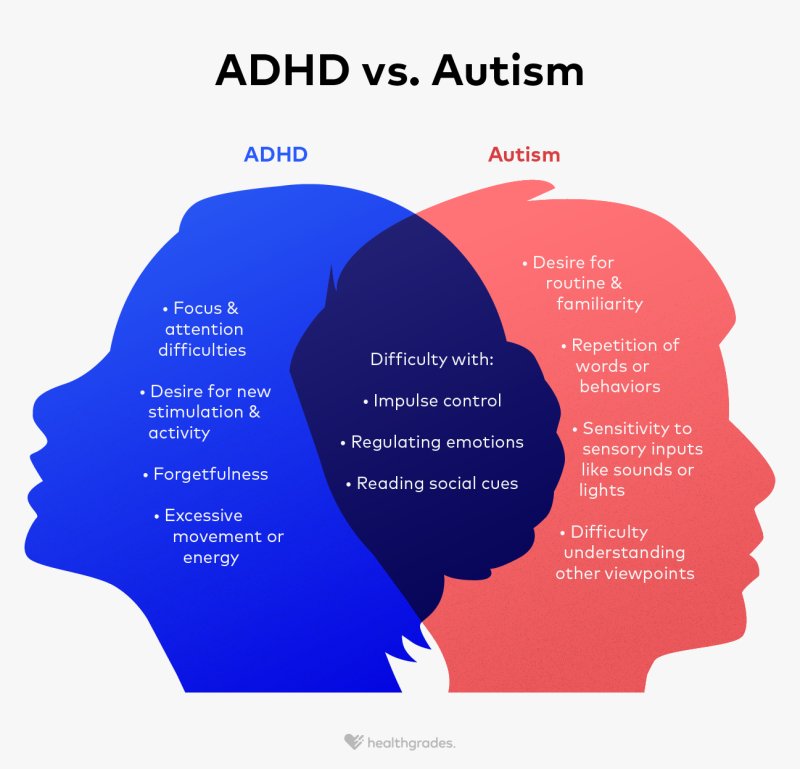Exploring Dan Brown's The Da Vinci Code: Themes And Interpretations

Table of Contents
The Gnostic Gospels and the Suppression of History
The Da Vinci Code centers around the idea of suppressed historical information, specifically concerning the Gnostic Gospels and the true nature of Jesus's relationship with Mary Magdalene. The novel posits a conspiracy involving the Catholic Church's alleged suppression of alternative religious narratives. This section explores the novel's portrayal of Gnostic texts and their potential (or lack of) historical significance.
-
The significance of the Priory of Sion and its alleged connection to protecting the lineage of Jesus. Brown's fictional Priory of Sion plays a crucial role, portrayed as a secret society safeguarding the bloodline of Jesus and Mary Magdalene for centuries. The novel suggests this lineage challenges the established dogma of the Catholic Church. It's important to note, however, that the historical existence and influence of the Priory of Sion, as depicted, is highly debated and largely considered a fabrication.
-
Analysis of Mary Magdalene's role in the novel and its contrast with traditional religious portrayals. The Da Vinci Code presents Mary Magdalene not as a repentant sinner, but as Jesus's wife and an important figure in the early Christian church, a stark contrast to traditional interpretations. This reimagining fuels the narrative's central conflict and challenges established religious views.
-
Examination of the historical evidence (or lack thereof) supporting Brown's claims. While the novel uses historical figures and locations, many of Brown's claims are heavily disputed by historians and theologians. The book blends fact and fiction seamlessly, blurring the lines between historical accuracy and imaginative storytelling, a key element contributing to both its popularity and controversy. This raises important questions about the responsibility of authors in presenting historical narratives.
Religious Symbolism and Iconography in The Da Vinci Code
Religious symbolism is integral to The Da Vinci Code's narrative structure. The novel masterfully employs religious art and iconography to create a layered and engaging mystery. Understanding these symbols is crucial to deciphering the narrative's deeper meaning.
-
The role of the Holy Grail as a symbol beyond the literal interpretation. The Holy Grail, traditionally associated with the cup used by Jesus at the Last Supper, is reinterpreted in the novel as a symbolic representation of Mary Magdalene and the continuation of Jesus's bloodline. This allegorical reading adds a layer of complexity to the traditional understanding of the Grail.
-
Interpretation of Leonardo Da Vinci's paintings and their connection to the story's mysteries. Da Vinci's works, such as The Last Supper and Mona Lisa, are presented as containing hidden clues related to the secret lineage and the suppression of historical truth. This cleverly connects the fictional narrative with real-world art, further enhancing the novel's intrigue.
-
Decoding the symbolic language used within the narrative and its impact on the reader's understanding. Brown skillfully employs a range of symbolic language, including cryptic codes, religious metaphors, and artistic representations, prompting readers to actively participate in uncovering the narrative's secrets. This participatory element enhances the reader's engagement with the story.
The Clash Between Faith and Reason in The Da Vinci Code
A central conflict in The Da Vinci Code is the tension between faith and reason. The novel presents a challenge to established religious beliefs through the lens of historical investigation and scientific inquiry.
-
The tension between scientific investigation and religious dogma. The protagonist, Robert Langdon, a symbologist, uses logic, evidence, and scientific reasoning to unravel the mystery, often clashing with the unwavering faith and traditional doctrines of the Catholic Church. This juxtaposition highlights the inherent tension between these two approaches to understanding the world.
-
The questioning of established historical and religious accounts. The novel encourages readers to question accepted historical narratives and religious dogma, prompting critical thinking about the reliability of historical sources and the interpretation of religious texts. This questioning, whether one agrees with the novel's conclusions or not, is a powerful element of the narrative.
-
The novel's impact on discussions about faith, evidence, and belief. The Da Vinci Code sparked widespread debate and discussion about faith, evidence, and the nature of belief. The novel's controversial assertions forced a reconsideration of religious history and the relationship between faith and reason. It remains a touchstone for dialogues surrounding these important themes.
The Da Vinci Code's Impact on Popular Culture and Religious Discourse
The publication of The Da Vinci Code had a profound impact on popular culture and religious discourse. Its massive success sparked renewed interest in religious history, particularly Gnosticism.
-
The rise in interest in Gnosticism and related religious studies following the book’s publication. The novel's exploration of Gnostic beliefs led to a surge in interest and research on Gnosticism, making previously obscure religious ideas more accessible to a wider audience.
-
Critical responses from religious institutions and scholars. The book's claims generated strong criticism from various religious institutions and scholars who challenged the historical accuracy and theological interpretations presented in the novel. This controversy fueled further public discussion and engagement with the themes of the book.
-
The lasting legacy of The Da Vinci Code on public perception of religious history. Despite the controversies, The Da Vinci Code undeniably left a lasting mark on popular perceptions of religious history and the potential for hidden narratives. Its influence continues to be felt in subsequent works of fiction and non-fiction, demonstrating its enduring impact.
Conclusion
The Da Vinci Code, despite its controversial nature, sparked significant conversations about religious history, symbolism, and the inherent tension between faith and reason. The novel's skillful use of historical fiction, religious iconography, and a compelling narrative continues to captivate readers and fuel discussions. Have you explored the multifaceted themes of The Da Vinci Code? Share your interpretations and engage in a discussion of this influential work in the comments below! Continue your exploration of The Da Vinci Code and its enduring impact on our understanding of history and faith.

Featured Posts
-
 6 Mlb 2 1
May 13, 2025
6 Mlb 2 1
May 13, 2025 -
 Perkembangan Terbaru Upaya Myanmar Memberantas Judi Online Dan Penipuan Telekomunikasi
May 13, 2025
Perkembangan Terbaru Upaya Myanmar Memberantas Judi Online Dan Penipuan Telekomunikasi
May 13, 2025 -
 Victorie Dramatica Pentru As Roma Impotriva Fc Porto 3 2 Si Calificare In Optimile Europa League
May 13, 2025
Victorie Dramatica Pentru As Roma Impotriva Fc Porto 3 2 Si Calificare In Optimile Europa League
May 13, 2025 -
 Photographic Evidence Sabalenkas Stuttgart Open Umpire Dispute
May 13, 2025
Photographic Evidence Sabalenkas Stuttgart Open Umpire Dispute
May 13, 2025 -
 Bar Roma Toronto Review Drinks Food And Atmosphere
May 13, 2025
Bar Roma Toronto Review Drinks Food And Atmosphere
May 13, 2025
Latest Posts
-
 The 3 Million Unidentified Recognizing Autism And Adhd Symptoms In Adults
May 13, 2025
The 3 Million Unidentified Recognizing Autism And Adhd Symptoms In Adults
May 13, 2025 -
 Autism And Adhd In The Uk Are You One Of The 3 Million
May 13, 2025
Autism And Adhd In The Uk Are You One Of The 3 Million
May 13, 2025 -
 Untapped Potential Identifying Autism And Adhd In 3 Million Brits
May 13, 2025
Untapped Potential Identifying Autism And Adhd In 3 Million Brits
May 13, 2025 -
 Understanding Earths Inferno A Look At Series 1 Episode 1
May 13, 2025
Understanding Earths Inferno A Look At Series 1 Episode 1
May 13, 2025 -
 Earth Series 1 Inferno Exploring The Volcanic Landscape
May 13, 2025
Earth Series 1 Inferno Exploring The Volcanic Landscape
May 13, 2025
